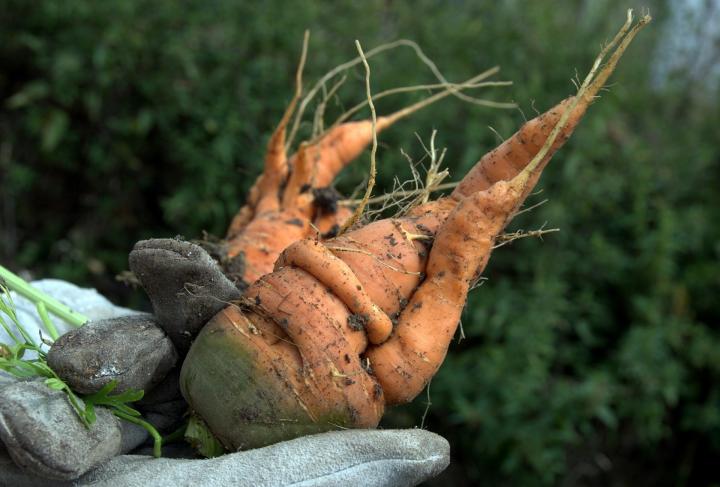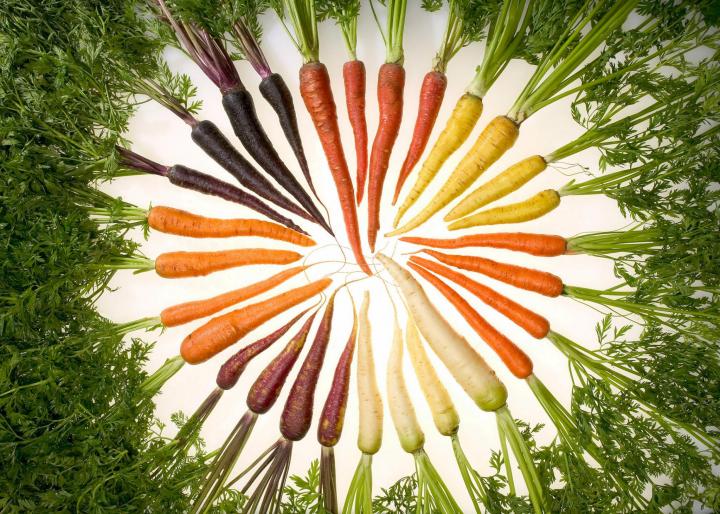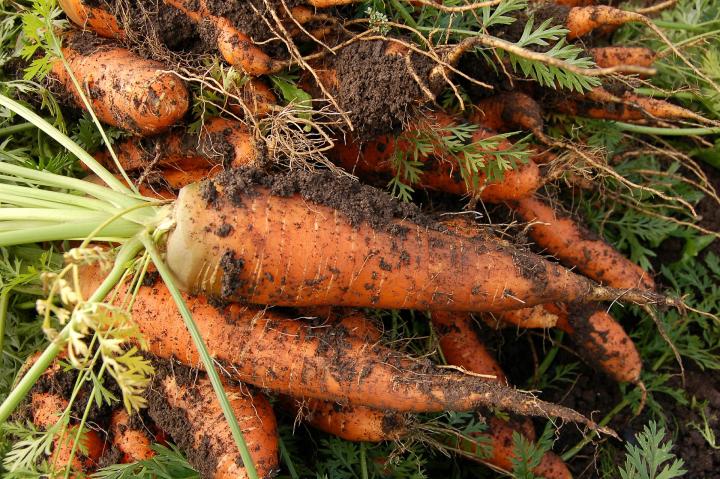
Grow your sweetest carrots yet with these soil-smart gardening tips
ADVERTISEMENT
I always thought Queen Anne's Lace was native to the usa; good pollinators tho' ty~
Hi. I live here in Georgia. Southwest corner. I was told plant carrots in the winter months. I got seed pods trays that can start the seeds. I was wondering if I can transplant the plants in the ground in February? We have hot temperature in May in the 90's. Trying to the best time. Also like to plant onions too. Both of them are cold weather plants for here .
Been planting and harvesting carrots for decades. One of my fav's. I plant the Danvers variety, the soil isn't as much of an issue. I till and sift as best as I can and plant. When they start coming up, I use grass clippings between the rows and gently drop dry clippings over and around the carrots. I do enjoy a warm June day to thin and weed carrots. Its a bit of a task but I actually look forward to dropping all my cares and bask in the sun. I harvest sparingly to thin some out. In November, just as the ground here in S. NH is beginning to freeze, I fill large plastic trash bags full of leaves and place them right over the rows, covering as much of the crop as I can. This is a great insulator, push the snow aside and I have carrots until March. The ground under the leaves is soft and carrots come out easily. Works great for parsnips too. Problem is there is now more snow to remove!
Love your website and valuable information.
2 questions - I just planted carrots
Do I need to mulch the top.
When do I start fertilizing them and what fertilizer is the best to use?
thank you
Love your activities
nice info
I live in AB. I have been treated with yaya carrots that extremely sweet -- sweeter than I have ever eaten. I bought this variety last year, sent several packets around Canada, telling friends to: be prepared to fall in love again ... with carrots. What a disappointment "all" of us had. The ones we grew looked great and did have decent flavour, but none of the over-the-top sweetness of the carrots grown in central Alberta. what did we all do wrong?
Try planting them in the summer and harvesting after first few frosts. Look at the maturity date on the seed package, and count back that many days from when you start getting frosts in your area, and that would be the date to plant the carrots. Big types of carrots should be planted for fall/early winter harvest, and not in the spring for summer harvest.
Thank you for this very informative, delightfully presented tutorial on growing carrots! I’m an ex-pat (Scotland) living in New England, 83 years young, grown several greens, as well as flowers in pots, in my retirement community, but never tried carrots. This is the year! And all thanks to that young man who has explained it so succinctly and with humor. All blessings!















